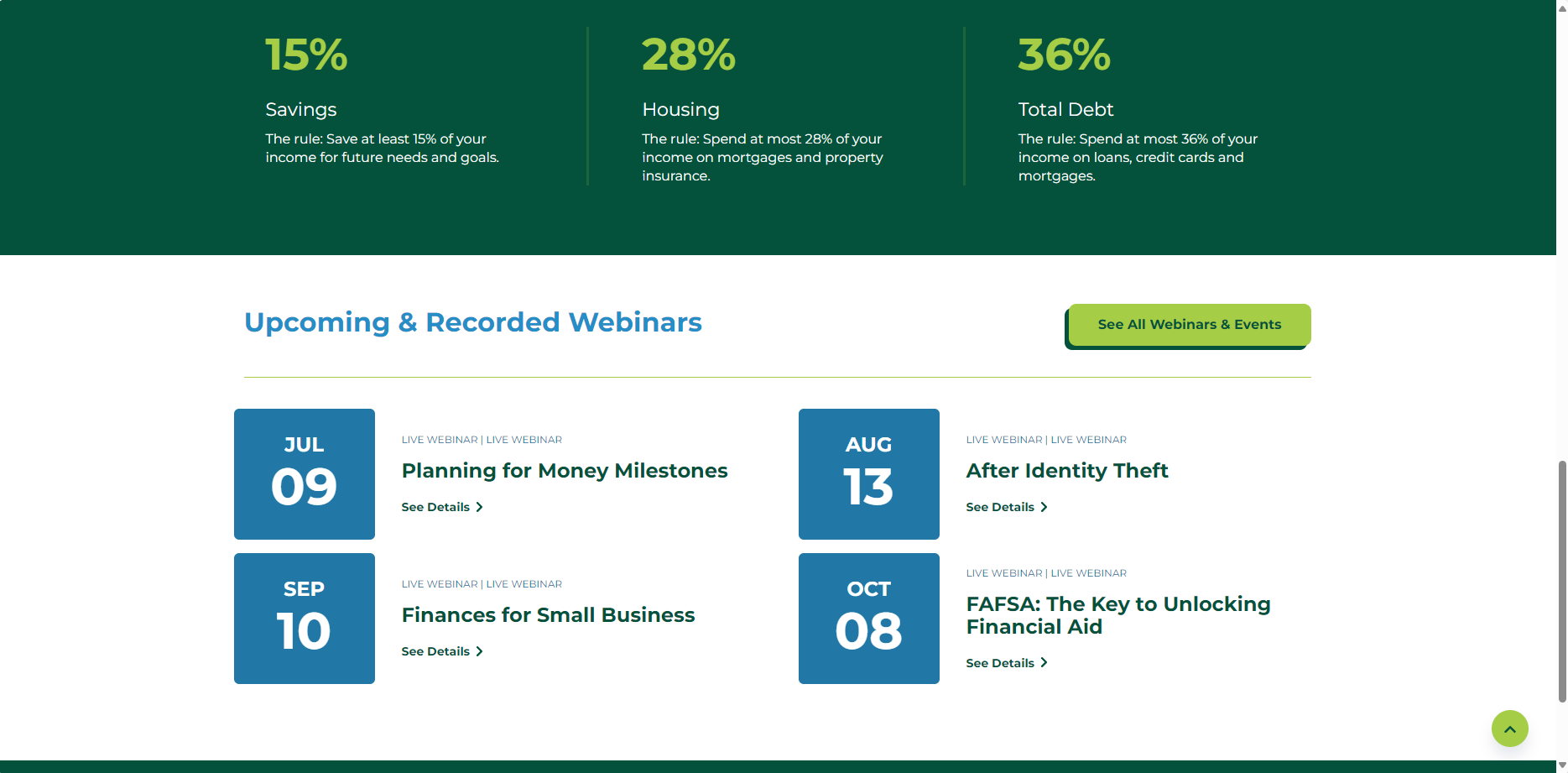SENTINEL
Services we provide:
- Discovery
- Strategy
- UX/UI design
- Website development
- Kentico implementation
About Sentinel
Sentinel is one of the largest employee benefits providers in the Northeast with 4,000+ clients and more than 250,000 plan participants. Sentinel partnered with SilverTech for their website redesign to accentuate their competitive advantages to other providers and strengthen brand messaging and company culture online. Additionally, they wanted to highlight Sentinel as a one-stop-shop benefits provider for employers and employees. Sentinel sought SilverTech’s expertise to create an experience geared towards the individual including storytelling elements through iconography, lifestyle-type imagery, and testimonials on their website.
The Process
Sentinel chose SilverTech’s recommendation of Kentico for several reasons. What appealed most to them was the easy-to-use interface for content editors, the ability to tag content clearly and effectively for multiple user groups, varied ability levels/place in the sales funnel, and the platform’s marketing automation abilities. Since the main goal of this website redesign was to create lead generation, the power and customizable functionality of the Kentico CMS coupled with the easy-to-use personalization and marketing automation features was a no brainer for Sentinel.
The Challenges
SilverTech faced several challenges throughout working on this project. One of the pains of Sentinel’s old site was that the homepage was difficult to use, asking users to act before understanding who Sentinel is. The new website clearly communicates the Sentinel brand before asking users to act. Another challenge that SilverTech faced was placing educational materials and related resources in a location and manner on the website that would be the most beneficial to users. This would make it easy for users to find information on their own and eliminate the need for Sentinel to send users direct links to the information. Sentinel loves the new website and SilverTech was able to address all the challenges of the old website.
RESULTS
The California Invasion of Privacy Act
By: Paul Creme | 3/19/25
A recent blog post on our website discussed the increase in the number of states that have adopted several types of privacy statutes modeled after the California Privacy Rights Act (“CPRA”).
There is another statute not as well-known and more limited in scope that companies should also be aware of. It is the California Invasion of Privacy Act (“CIPA”). At this time, it may only impact companies that are located within the state of California, but just as the CPRA applies to a resident in the state of California, the CIPA applies as well if the person accessing your website is a resident of California.
The reason for an increase in threatened actions based on the CIPA is that unlike the CPRA, the former allows for statutory damages of $5,000.00 per person. Some of the demand letters not only threaten legal action, but may become class actions suits, thus increasing the amount of damages. A class of a few hundred people could be a significant exposure.
The basis of the potential litigation is an invasion of privacy by using cookies and/or other website tracking technologies on the website. The argument is that these tracking technologies are an unwelcome invasion of a user’s privacy, like eavesdropping on a private conversation.
Numerous third-party applications integrate with websites to monitor, analyze, and optimize user interactions. Tools like Google Analytics and Hotjar track user behavior, session recordings, and engagement metrics to provide insights into website performance. Additionally, social media tracking pixels such as those from Facebook (Meta) and X (formerly Twitter), collect data on user interactions to enable personalized advertising, retargeting, and content optimization. Other analytics platforms, heat mapping tools, and behavioral tracking services further enhance a businesses’ ability to refine user experiences and improve marketing effectiveness. It is crucial to know which platforms will align with your business’s industry regulations such as HIPAA compliance laws.
The main issue under the CIPA is the absence of consent to using tracking technology. The use of a pen register, a “recording’ of the user’s interactions with the website amount, without a court order or explicit consent is illegal.
While the law remains unsettled, it will not stop the possibility of receiving a demand letter from an aggressive law firm, similar to the cases a few years ago about access under the Americans with Disabilities Act demanding that your company settle or face potential litigation.
The question is, what should a company do now to shield itself from a claim, or at least have a viable defense to a claim?
First, review terms of use and privacy policies that specifically deal with the use of website tracking technology with your legal counsel. Second, review how your company handles the information. Go beyond privacy statues and take inventory of what is on your website and determine if there is any tracking technology. Third, determine whether the tracking technology is critical to the operation of the company. If not, think about disabling it. Finally, make sure that opt out language is clear and allows the user to either opt out or block the tracking.
Please note this not intended to be legal advice and we cannot provide the language best suited to your particular company. This is something you need to work on with your legal counsel, but we can assist in evaluating and perhaps minimizing the potential risk. Contact us if you would like to learn more.




